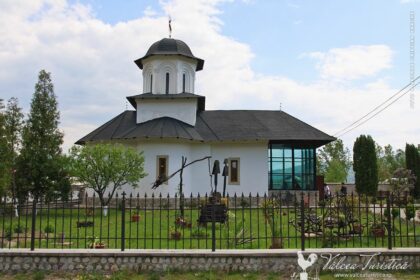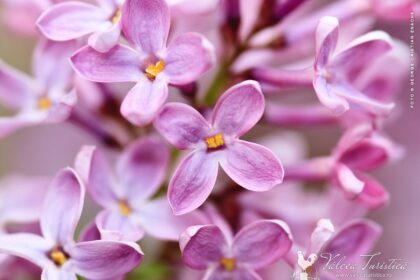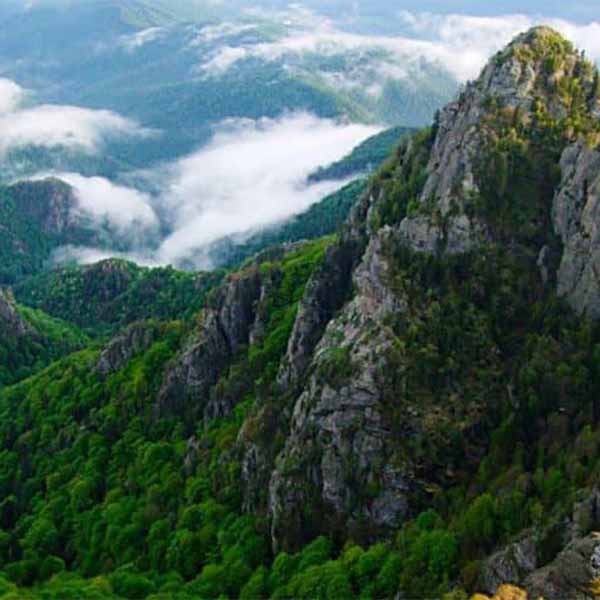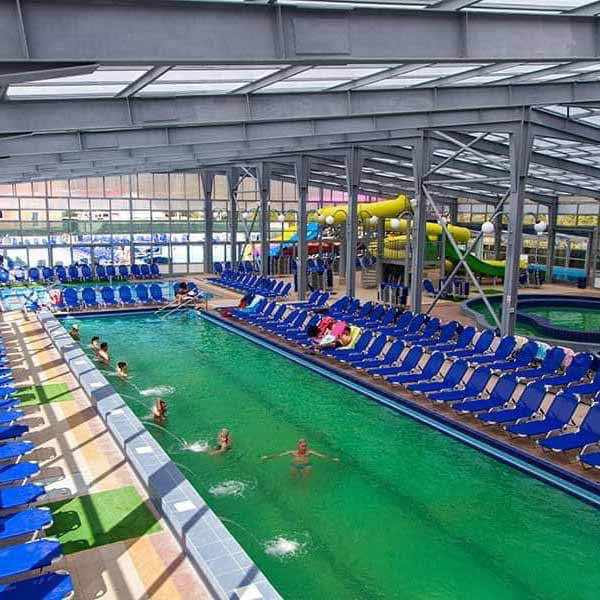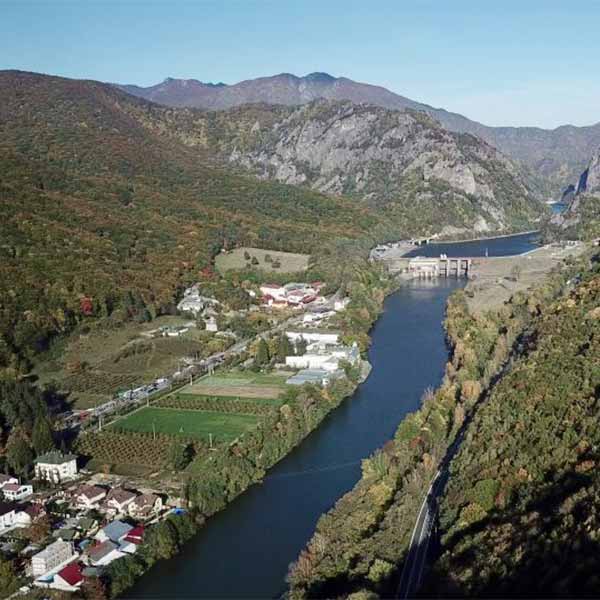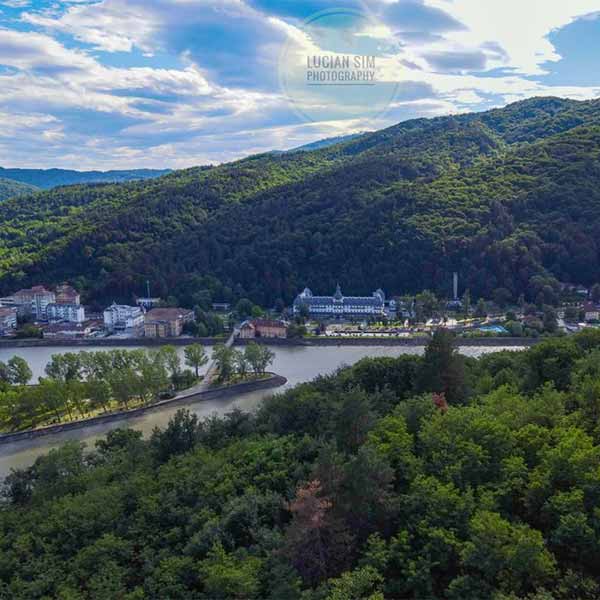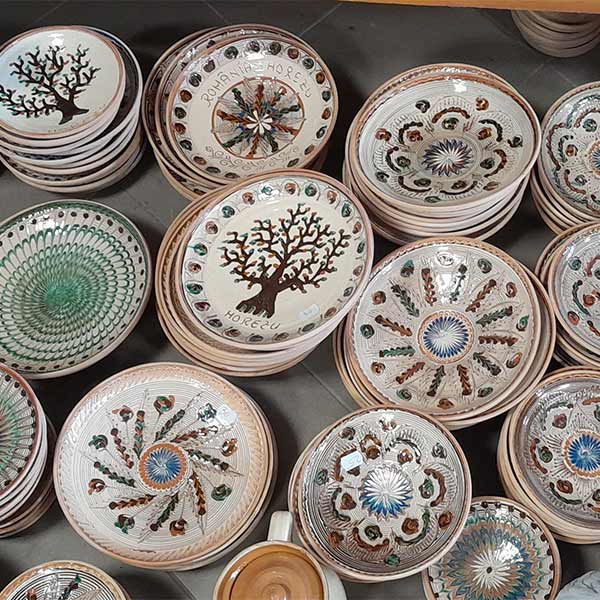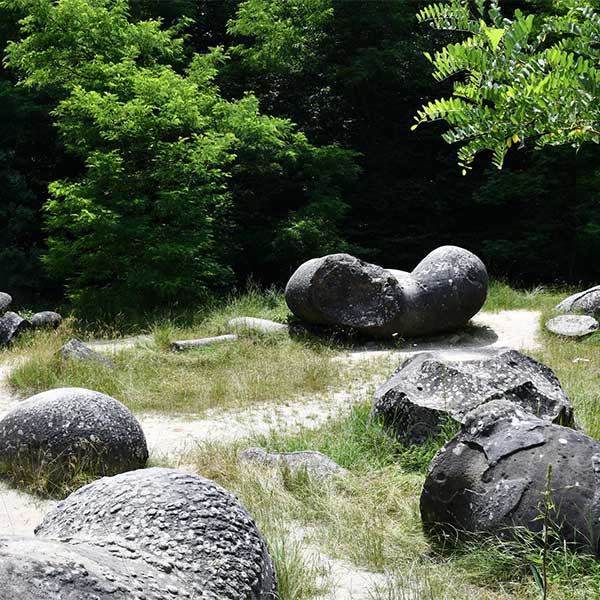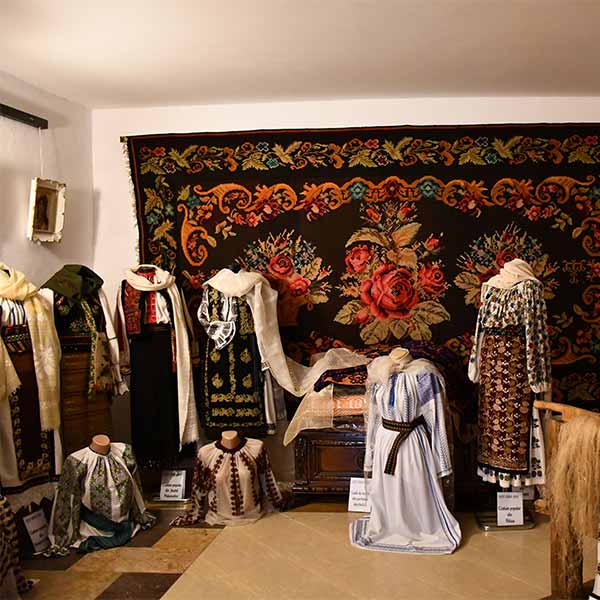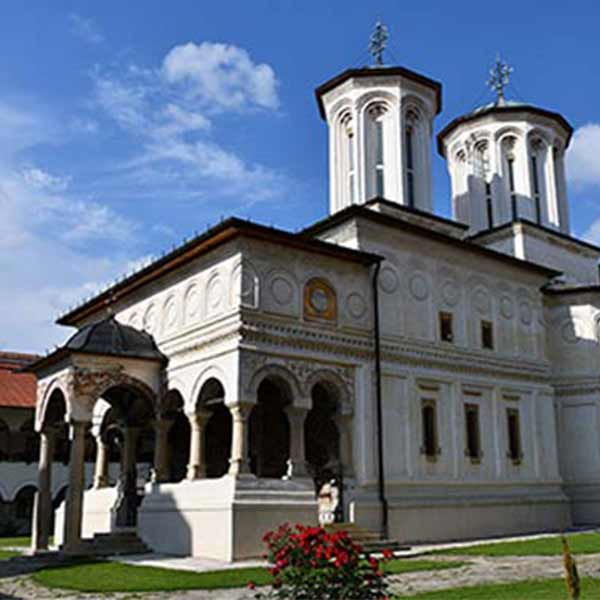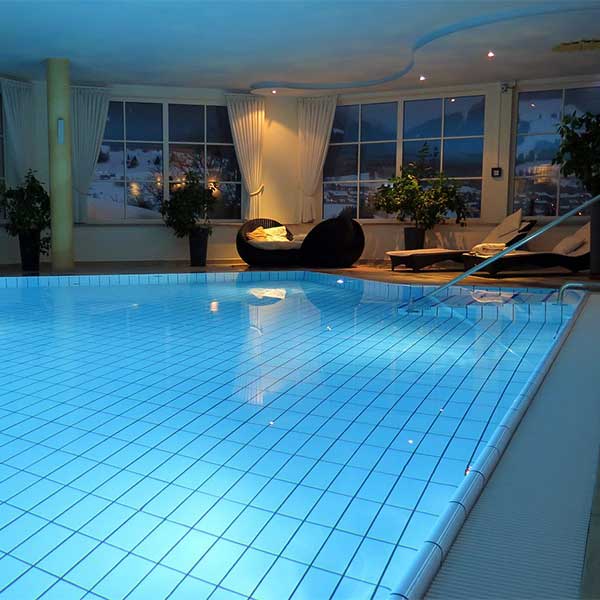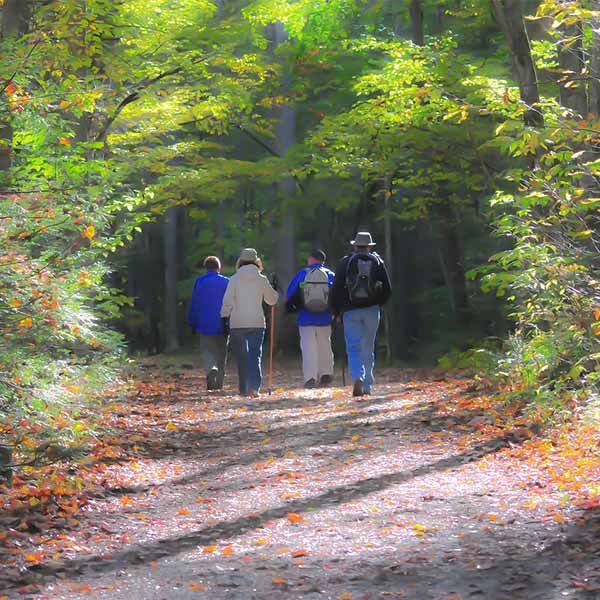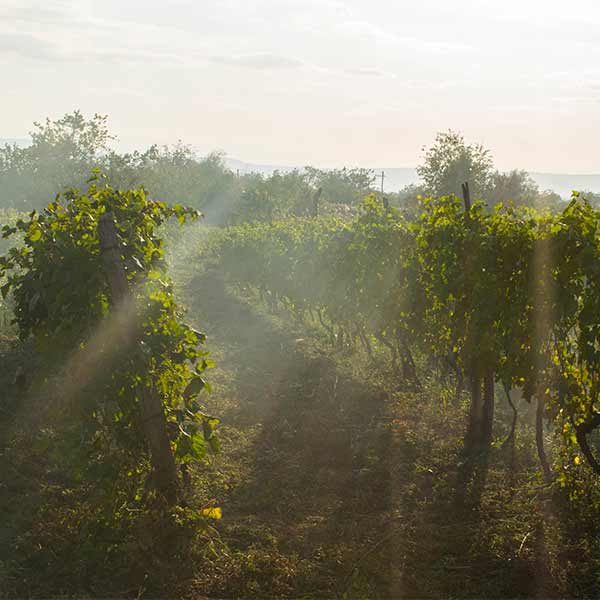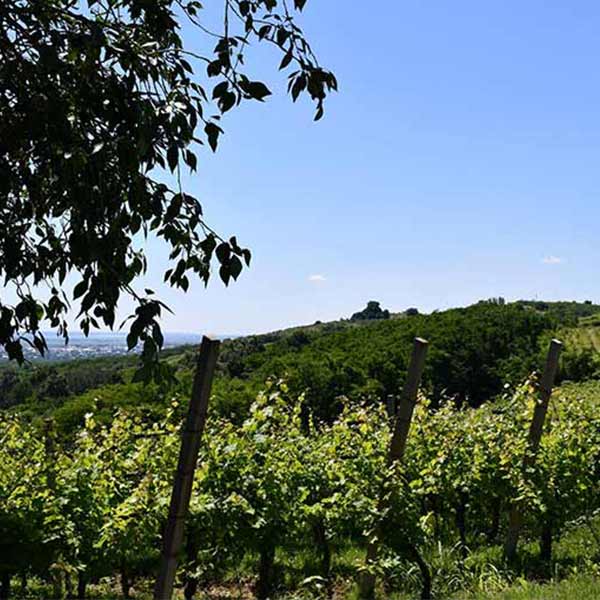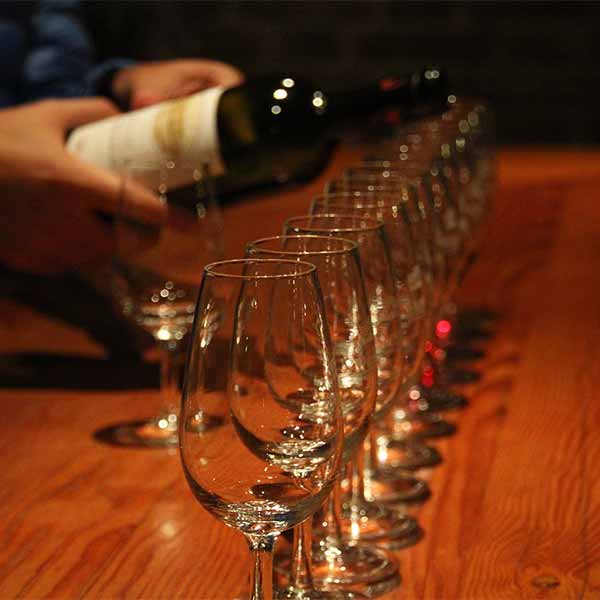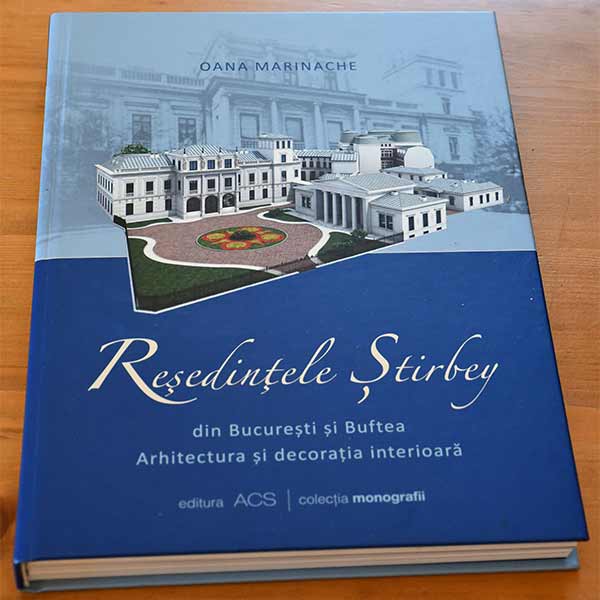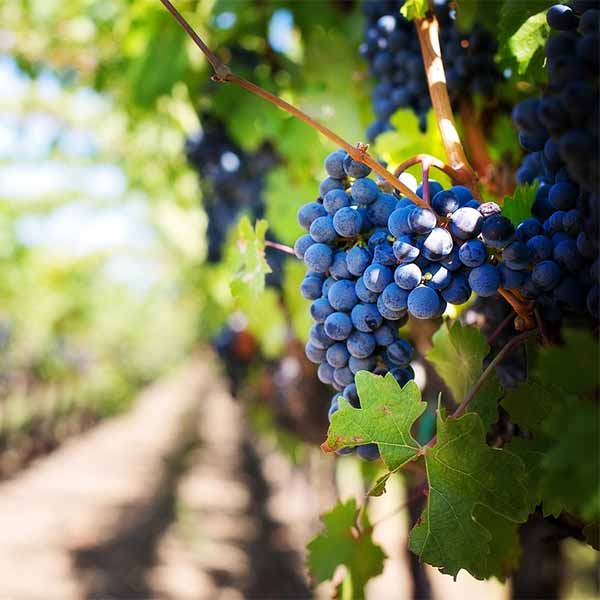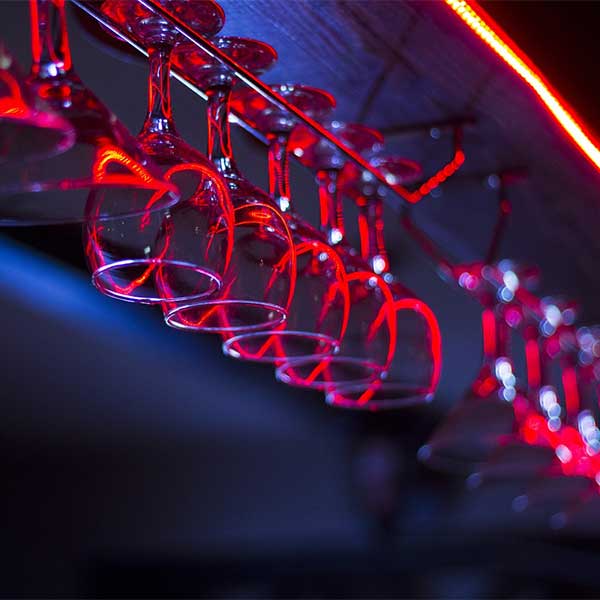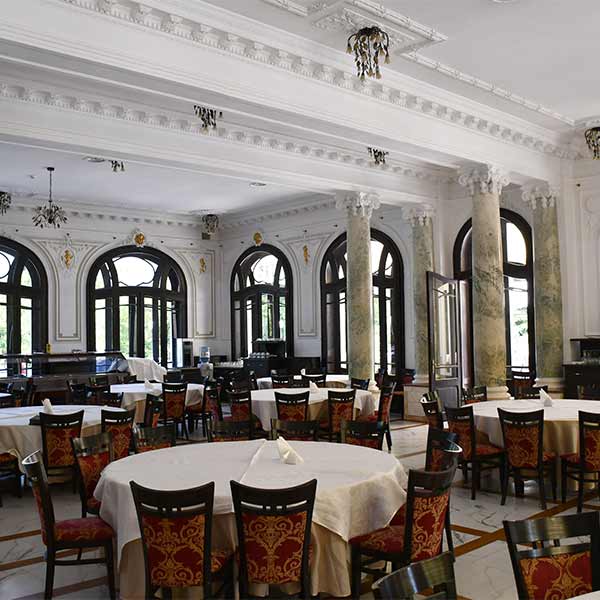
Ostrov Monastery
Ostrov Monastery
Ostrov Monastery is a monastery of nuns, dedicated to the “Nativity of the Mother of God” and is located on an island of the Calimanesti hydroelectric power station reservoir on the Olt River, being linked to the Calimanesti-Caciulata bathing resort by a bridge, at a distance of 5 km from the Calimanesti-Jiblea C.F.R. stop.
The church is built on the site of an older church from the 14th or early 15th century, between 1520 and 1521, being founded by the ruler Neagoe Basarab and his wife, Mrs. Despina.
It was consecrated unencumbered, for worship using in the first phase painted icons, now in the Museum of Art of Romania. The altar was painted in 1752, the rest of the church being in fresco style, of remarkable artistic value and was finished in 1760. At the same time, the inscription of the old pisan was replaced by a Romanesque text written in Cyrillic letters.
| Schedule: | |
|---|---|
| Monday to Sunday | 7:00 – 22:00 |
The golden screen of Ostrov Monastery
A great ornament of interior architecture, which has stood the test of time, is the “golden lid”, made of lime wood, which dates back to the exact moment of the church’s construction. The imperial icons are very old, with some hypotheses claiming that they are the original ones. The icon of the Virgin Mary was restored in 1791 by John the Painter.
On 22 December 1838 the existing chapels and buildings were destroyed by fire and were rebuilt on the old foundations in 1940. The main restorations were made in 1940, 1956-1957, 1962-1963.
Three icons remain from the time of Neagoe Basarab: Saint Nicholas, the Descent from the Cross and Saint Saviour, all of great artistic value, now in the custody of the Romanian Museum of Art.
From the 16th century until 1890, Ostrov Hermitage was a hermitage of nuns. In this hermitage were the wife of Neagoe Basarab, Lady Despina named Platonida, and the mother of Michael the Brave who took the name Theophany.
The construction of the Calimanesti hydroelectric plant required that the church and the island be raised by about 6 m, so as not to be flooded, and the abbess’s house was rebuilt. The whole island complex is a beautiful recreational park for visitors to the Calimanesti-Caciulata resort which, among other “amenities”, includes 47 species of trees, shrubs and roses.
Thanks Vâlcea Turistica for permission to use the photos and information.



